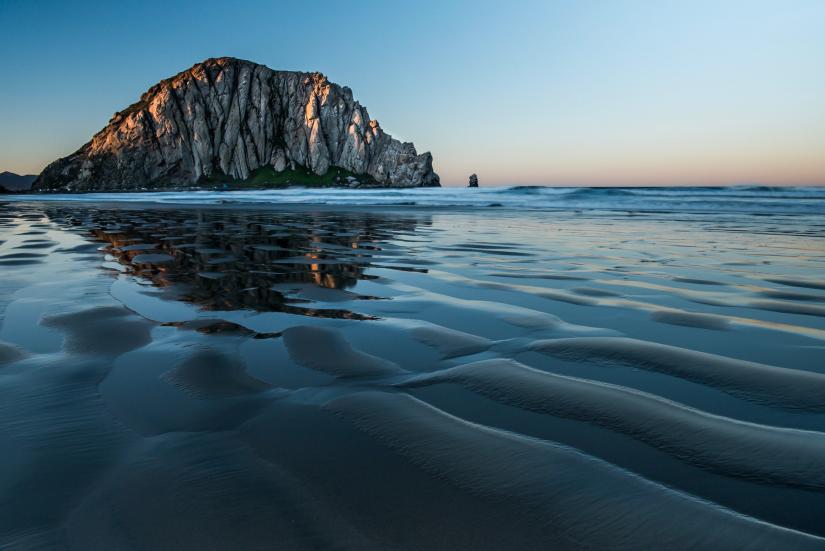Breadcrumb
Marine Protected Areas

California is home to a unique network of 124 marine protected areas (MPAs), created to protect our valuable ocean resources. This network was established through a science-based, stakeholder-driven process and represents one of the most advanced marine protection management systems in the world. Through ongoing monitoring and adaptive management, the state hopes to ensure that California’s ocean resources can be preserved for many future generations.
What are MPAs?
MPAs are management designations with various levels of protection designed to protect and preserve natural resources and ecological systems. They can safeguard a wide range of habitats and species. Much like national parks on land, MPAs provide a refuge for nature in the ocean, and places for people to enjoy natural beauty and ecosystems.
California MPAs
In 1999, the State of California ushered in a new era of ocean protection through the passage of the Marine Life Protection Act. This law led to a redesign and establishment of today’s statewide network of 124 MPAs.
California’s 124 MPAs now cover 16% of state waters, compared to less than 3% of state waters before the redesign. These are grouped into several kinds of protected area designations with different rules about activities that are permitted, such as fishing or other recreational activities. About 9% of the state’s MPAs are no-take marine reserves.
Who’s responsible for California MPAs?
California MPAs are managed as a statewide network, through the MPA Management Program, a collaboration between the California Department of Fish and Wildlife, California Fish and Game Commission, California Ocean Protection Council, and the MPA Statewide Leadership Team. For more information visit the CDFW California Marine Protected Areas website.
In 2022, the California Department of Fish and Wildlife published the Decadal Management Review that represents the first ever comprehensive evaluation of the entire
statewide MPA Network.
What is California Sea Grant’s role?
California Sea Grant has sponsored and conducted research and provided information and outreach to help inform the design, implementation, and monitoring of the state’s MPA network. Sea Grant administered project funding for the first phase of the Statewide MPA Monitoring Program, baseline monitoring, and is currently administering monitoring and research grants for phase two: long-term monitoring. We also work with researchers and state agencies to help communicate MPA-related research to a variety of audiences.
- California Seafood Profiles
- Aquaculture in California
- Discover California Commercial Fisheries
- Seaweed Aquaculture
- Kelp
- Coastal Hazards & Resilience
- Marine Protected Areas
- Red Tides in California
- King Tides
- Rip current safety
- FAQ: California’s Marine Heatwaves
- FAQ: Droughts & California’s Coastal Regions
- Estuaries: Connecting Land to Ocean
- Street Trash Monitoring Protocols and Educational Curriculum
- Safely Viewing Marine Mammals
- Grunion: bridging land and sea
- Delta Smelt
- Recursos en Español